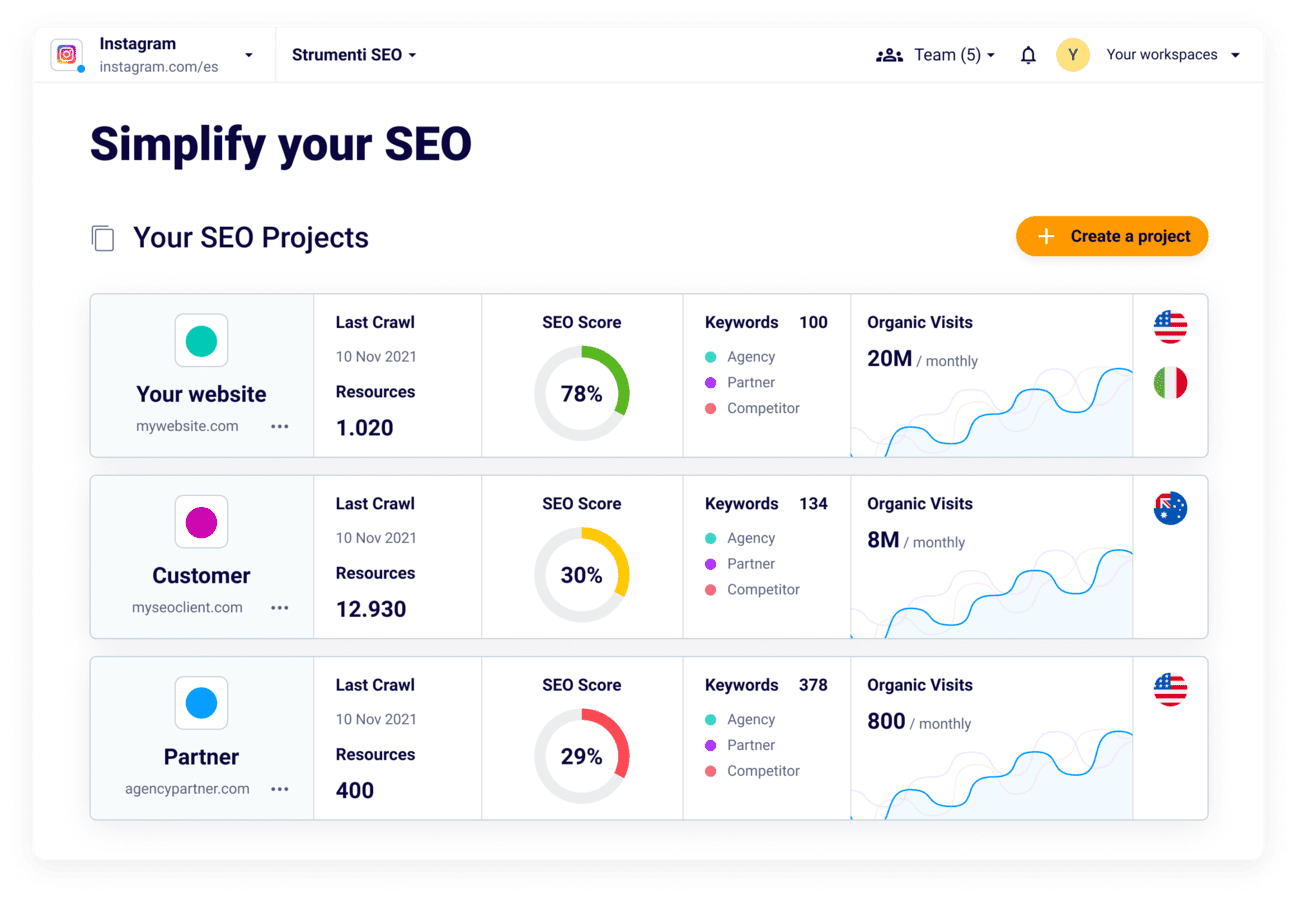Cracking the Code: Introducing Non-default Mediums in Google Analytics for SEO
Cracking the Code: Introducing Non-default Mediums in Google Analytics for SEO
Blog Article
Unveiling the Unconventional Mediums in Google Analytics Beyond Default Settings
In the world of electronic analytics, Google Analytics stands as a keystone for organizations looking for to understand their online visibility. By venturing beyond the surface and diving right into the details of social media information, e-mail project efficiency, reference web traffic resources, direct web traffic patterns, and custom channel collections, a treasure trove of information waits for those willing to welcome an extra nuanced strategy.

Leveraging Social Network Insights
Periodically ignored, yet exceptionally beneficial, is the technique of leveraging social media insights within the realm of Google Analytics. By incorporating information from platforms like Facebook, Twitter, Instagram, and LinkedIn into Google Analytics, businesses can get a deeper understanding of their audience and the effectiveness of their social media campaigns.
Via this assimilation, marketing experts can track and analyze individual habits on their site that stems from social media systems. They can recognize which social media channels are driving the most traffic, which web content is resonating with the target market, and which campaigns are converting one of the most leads. This insight allows for data-driven choices to maximize social media techniques and improve total advertising performance.
Moreover, by integrating social networks understandings with Google Analytics, organizations can produce much more targeted and personalized projects - what is not considered a default medium in google analytics. They can make use of demographic details, rate of interests, and online actions collected from social media to refine their target market division and deliver tailored messages that reverberate with details customer teams. This targeted approach can bring about greater involvement, raised conversions, and ultimately, enhanced roi
Uncovering Email Project Efficiency
Revealing Email Campaign Performance includes examining crucial metrics and efficiency indicators to examine the performance of email advertising and marketing efforts. When delving right into e-mail campaign performance, it is crucial to examine metrics such as open prices, click-through prices, conversion rates, and unsubscribe prices. Open prices suggest the percent of receivers that opened up the email, offering insight right into the efficiency of subject lines and sender names. Click-through prices gauge the portion of recipients who clicked on links within the e-mail, revealing engagement degrees. Conversion rates track the percentage of recipients that finished a wanted action after clicking on a link in the e-mail, such as making an acquisition or authorizing up for a newsletter. Last but not least, unsubscribe rates highlight the number of receivers who opted out of getting more e-mails, clarifying email material quality and relevance. By evaluating these metrics, online marketers can tweak their e-mail projects for much better involvement and efficiency.
Studying Recommendation Website Traffic Sources
After examining the performance of email projects with crucial metrics such as open rates and conversion rates, the following vital step is evaluating referral web traffic resources in Google Analytics to understand where website site visitors are originating from and how they interact with the site. Recommendation traffic sources refer to the web sites that guide customers to your site with clickable links. By diving right into this data, organizations can gain insights right into which external systems are driving website traffic to their site, whether it be social media platforms, companion websites, or online directory sites.
Examining reference traffic can give beneficial details on the efficiency of external advertising initiatives and partnerships. It aids services determine high-performing reference resources that contribute substantially to click here for more info web site web traffic and conversions. Moreover, by recognizing the behavior of visitors originating from different recommendation sources, services can customize their advertising and marketing methods to maximize interaction and conversions. Google Analytics provides detailed records on recommendation website traffic, enabling companies to track the performance of each referral resource accurately and make data-driven choices to boost their on the internet presence.
Discovering Direct Traffic Patterns
Discovering the straight web traffic patterns in Google Analytics gives valuable insights right into individual habits and the efficiency of campaigns - what is not considered a default medium in google analytics. Direct traffic describes site visitors that land on a site by directly inputting the link right into their browser, utilizing bookmarks, or clicking untagged web links. Understanding straight traffic patterns can assist marketing experts evaluate the impact of offline marketing efforts, brand name recognition, and the effectiveness of word-of-mouth recommendations
By delving into straight web traffic information, organizations can discover vital information about user intent and brand loyalty. Assessing the habits of direct site visitors, such as the web pages they check out, the time invested on site, and the conversion rate, can offer a deeper understanding of user involvement and the general efficiency of the internet site in converting site visitors right into clients.
In addition, tracking direct traffic patterns with time enables services to identify trends, seasonality results, and the success of certain projects or promos in driving direct sees. This details can after that be used to improve marketing approaches, maximize site material, and boost the total individual experience to optimize conversions.
Utilizing Customized Network Groupings
Using customized channel collections in Google Analytics permits businesses to categorize and examine their site web traffic based upon particular criteria, giving beneficial insights for optimizing advertising strategies. Customized channel collections allow firms to produce their very own tailored groups of traffic resources, such as social media, natural search, email projects, and reference traffic. By defining these collections, services can get a much deeper understanding of exactly how various advertising networks add to their website traffic and conversions.
This attribute is especially useful for services with diverse marketing approaches throughout numerous platforms. A business running discover this info here both paid and organic social media campaigns can differentiate between the two to assess their specific efficiency accurately. Furthermore, customized network groups can aid identify any forgotten or ignored web traffic sources that might be driving important involvement.
Verdict

By venturing beyond the surface and diving into the details of social media data, e-mail campaign efficiency, referral website traffic resources, direct website traffic patterns, and custom-made network collections, a prize trove of information waits for those ready to embrace a much more nuanced approach. They can determine which social media networks Source are driving the most traffic, which web content is resonating with the audience, and which campaigns are converting the most leads.After assessing the efficiency of e-mail projects through crucial metrics such as open rates and conversion rates, the next essential step is examining referral web traffic sources in Google Analytics to comprehend where website visitors are coming from and exactly how they communicate with the site. Customized network collections enable companies to create their own customized groups of traffic resources, such as social media, natural search, e-mail campaigns, and referral traffic. By leveraging social media understandings, revealing e-mail project performance, assessing reference traffic resources, exploring straight website traffic patterns, and using custom network groups, marketing experts can acquire important insights into their online existence.
Report this page